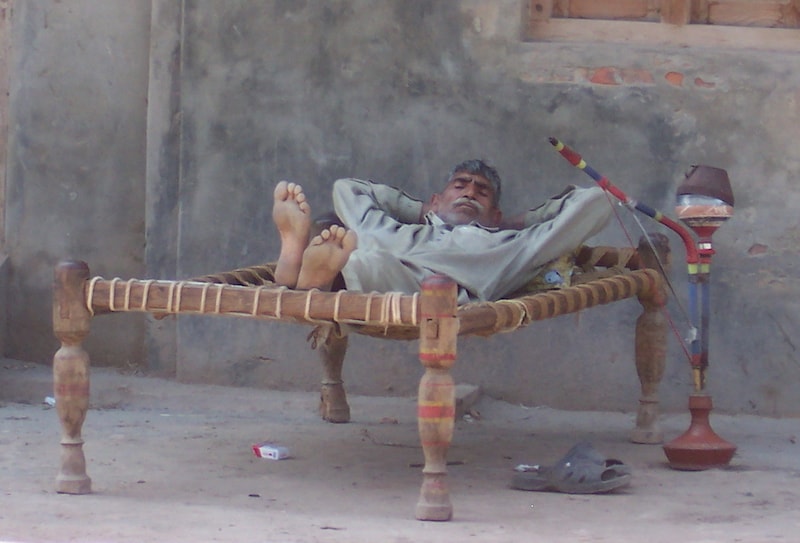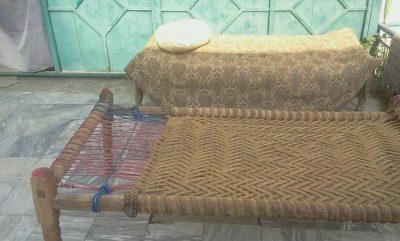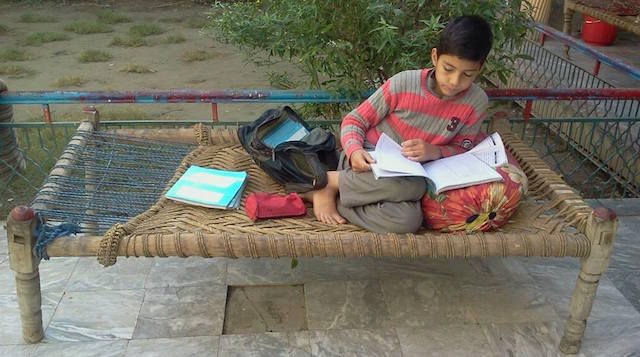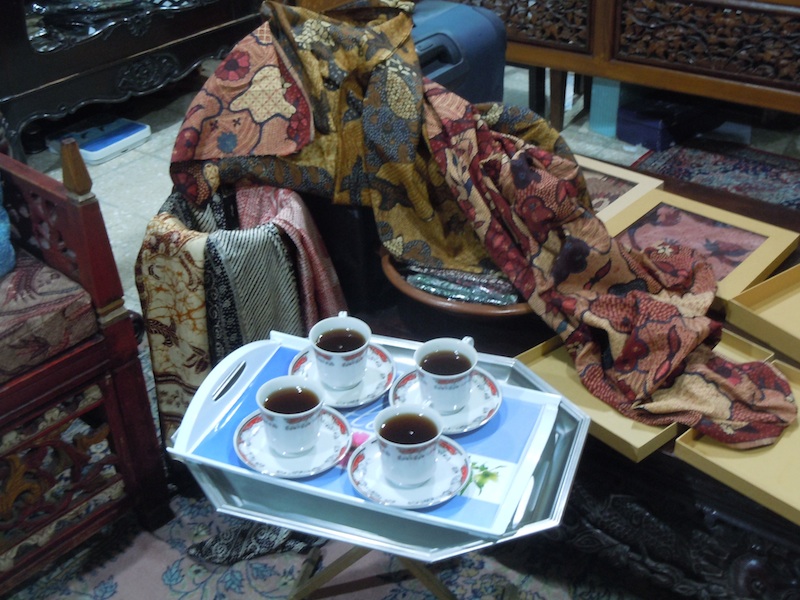
Carolexpat talks to us about Charpais (Indian woven rope beds) and draws a fascinating parallel between local objects that tell us about different cultures.
As expatriates in Asia, the Middle East, Africa or South America, we come into contact with different cultures and traditions, and also with a multitude of local artifacts and handicrafts. Back in our home country, we might look into the windows of antique or home décor shops and recognize objects we discovered in faraway places.
Turkish kilims or carpets, African fabrics and jewellery, Chinese silks, and Indonesian carvings are now part and parcel of our daily lives. Some less well-know objects might be modified and transformed in some original way, while still retaining the flavour of their country of origin.
Today, ethnic decoration is very fashionable in a western world which is seeking to escape, and to find more traditional surroundings. It adds a nomadic touch to somber, homogeneous interiors.

Let me explain this concept more clearly with a concrete example: the CHARPAI or CHARPOY, the famous woven rope beds that can be found throughout the Indian sub-continent (India, Pakistan and Bangladesh). These are made from natural fibres (jute, or palm or date leaves). You can also find charpais that are woven with multicolour plastic fibres, which are strong, and look like camp beds, though there are not foldable.
In the subcontinent, rope beds form a part of daily life. You find them in homes; in villages they are used in bedrooms, or placed outside shops, or on building sites, where they are an element of street decoration. They are flexible in their use, and light enough to be lifted by one person. Scarves and other pieces of fabric are attached to them to help lull babies to sleep; children use them to play or study, or they are used as beds to sleep or rest.

In villages charpais are used to drain dishes and pots and pans before they are dried. Nowadays you can have them made in different sizes: small for children, and large, as double beds.
When you have guests, the charpais are covered with a cotton mattress, a decorated sheet, and a cushion. Three people can fit on a charpai so when there’s a big gathering, several are set out so that all the guests can be seated together.
In the west, charpais are elaborately adorned, and form a part of ethnic decoration. The materials used can be very different, and original. In India, Pakistan and Bangladesh charpais are considered to be something used by the lower classes, not necessarily appreciated by the upper classes of these societies. People who live in lovely villas in the fancy suburbs prefer modern, western décor rather than oriental, ethnic designs. They will choose plain beige fitted carpets, over oriental rugs, or any decorative objects that may be associated with local, traditional, poor handicrafts.
You can find the history of Indian charpoy beds here
Carole Sahebzadah (Carolexpat)
Islamabad, Pakistan
December 2017
Photos ©Carolexpat except the main one (Creative Commons)
Translated from French by Paola Fornari




